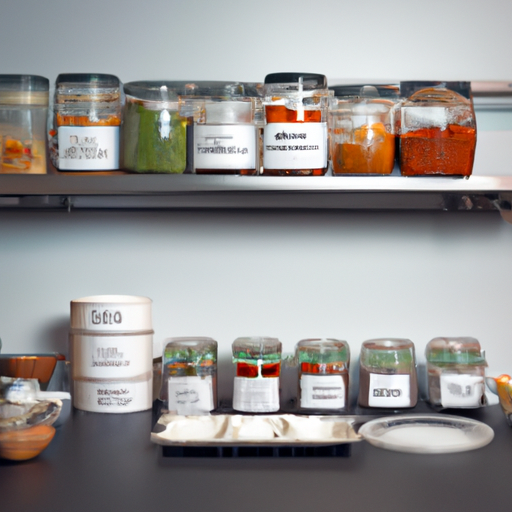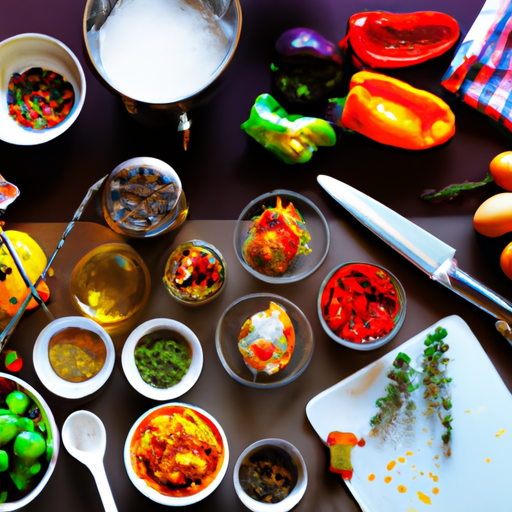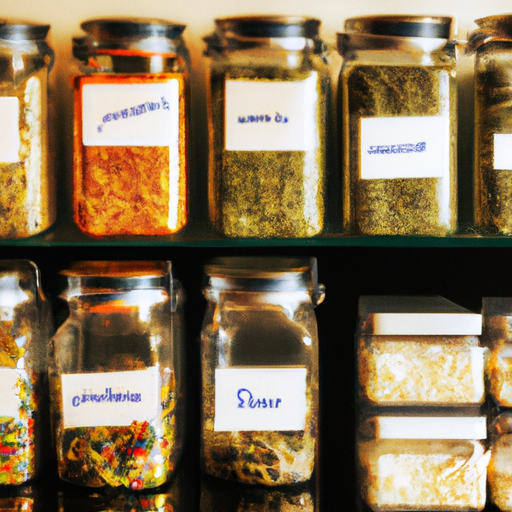Innovative chefs are revolutionizing the way we think about food waste in professional and home kitchens. Creative techniques are turning traditional kitchen scraps into delicious and nutritious ingredients. This movement is reshaping culinary practices while addressing critical environmental concerns.

The zero-waste cooking movement has evolved from a fringe concept to a fundamental principle in modern kitchens, representing a crucial intersection between culinary innovation and environmental responsibility. This comprehensive approach to cooking is changing how chefs and home cooks alike think about ingredients, challenging traditional notions of what constitutes usable food.
At its heart, zero-waste cooking is about maximizing the potential of every ingredient that enters the kitchen. What was once considered waste – vegetable peels, meat trimmings, herb stems, and even coffee grounds – is now being transformed into valuable culinary components. This shift requires both creativity and technical knowledge, as well as a deep understanding of flavor development and food safety.
One of the most significant innovations in zero-waste cooking has been the development of new preservation techniques. Dehydration, fermentation, and smoking are being used in novel ways to extend the life of ingredients that might otherwise be discarded. For example, citrus peels are being transformed into aromatic powders, while vegetable tops are being fermented into unique condiments.
Professional kitchens are leading the way in zero-waste innovation, implementing sophisticated tracking systems to monitor food usage and waste. Many establishments now maintain detailed logs of every ingredient that enters their kitchen, planning multiple uses for each component. This systematic approach has not only reduced waste but has also led to the creation of new signature dishes.
The economic benefits of zero-waste cooking have become increasingly apparent. Restaurants implementing these practices report significant cost savings, as they extract maximum value from their ingredients. This financial incentive has helped drive wider adoption of zero-waste principles, particularly in an industry with traditionally thin profit margins.
Modern technology plays a crucial role in advancing zero-waste cooking. Vacuum sealers, dehydrators, and precision temperature controls allow for better preservation and transformation of ingredients. These tools, combined with traditional techniques, create new possibilities for utilizing every part of an ingredient.
Education and training have become essential components of the zero-waste movement. Culinary schools are incorporating zero-waste principles into their curricula, teaching future chefs to think critically about ingredient utilization. Workshops and online resources are making these techniques accessible to home cooks as well.
One of the most exciting aspects of zero-waste cooking is its influence on menu development. Chefs are creating dishes that showcase their commitment to full ingredient utilization, often telling the story of sustainability through their food. For example, a single carrot might appear in multiple forms across several dishes – the roots roasted, the tops made into pesto, and the peelings transformed into crispy garnishes.
The movement has also sparked innovation in product development. Companies are creating new tools and products specifically designed to support zero-waste cooking, from specialized storage solutions to processing equipment that maximizes ingredient yield.
Home cooks are increasingly adopting zero-waste principles, aided by growing awareness and better access to information. Social media and cooking websites have become valuable resources for sharing zero-waste techniques and recipes, creating a community of environmentally conscious cooks.
The impact of zero-waste cooking extends beyond the kitchen. By reducing food waste, these practices help address broader environmental concerns, including greenhouse gas emissions from landfills and the resources used in food production and transportation.
Looking forward, the zero-waste movement continues to evolve. Chefs are experimenting with new techniques and technologies, while researchers are exploring novel ways to utilize food products that were previously considered waste. This ongoing innovation suggests that we've only begun to tap the potential of zero-waste cooking.
For those looking to implement zero-waste principles in their own kitchens, starting small is key. Beginning with basic practices like proper storage, meal planning, and creative use of leftovers can build the foundation for more advanced zero-waste techniques.
The zero-waste cooking movement represents a fundamental shift in how we approach food preparation, combining culinary creativity with environmental responsibility. As this movement continues to grow, it's clear that what was once considered radical is becoming an essential aspect of modern cooking.



